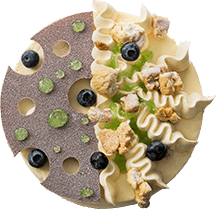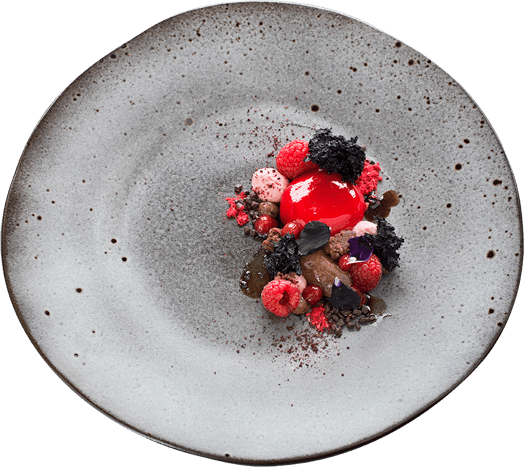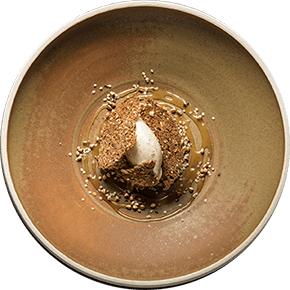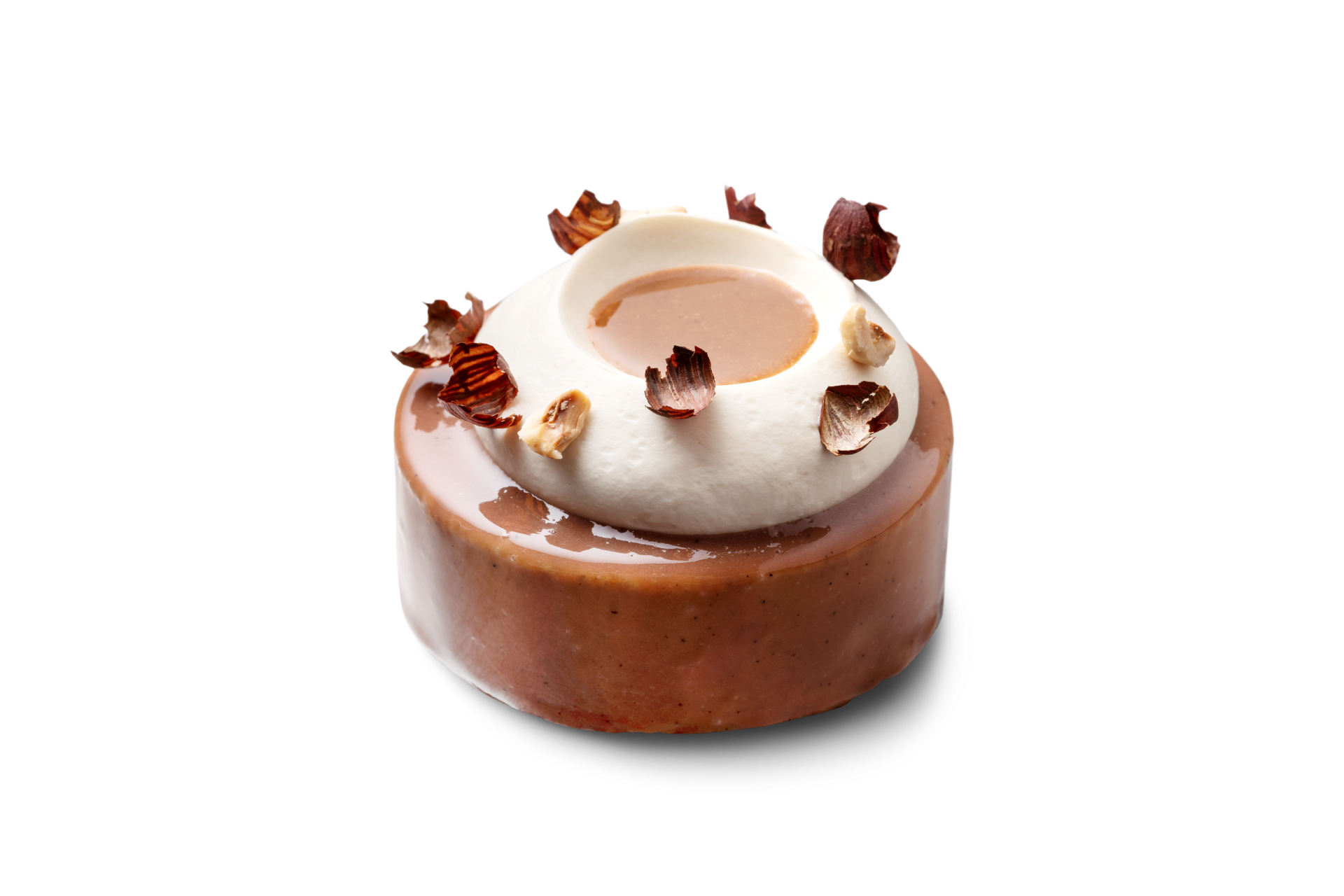Caramelising cream under pressure
In a pressure cooker, you can raise the temperature and speed up the cooking time, allowing the cream to caramelise without a lot of liquid evaporating. This makes for new flavours and possibilities
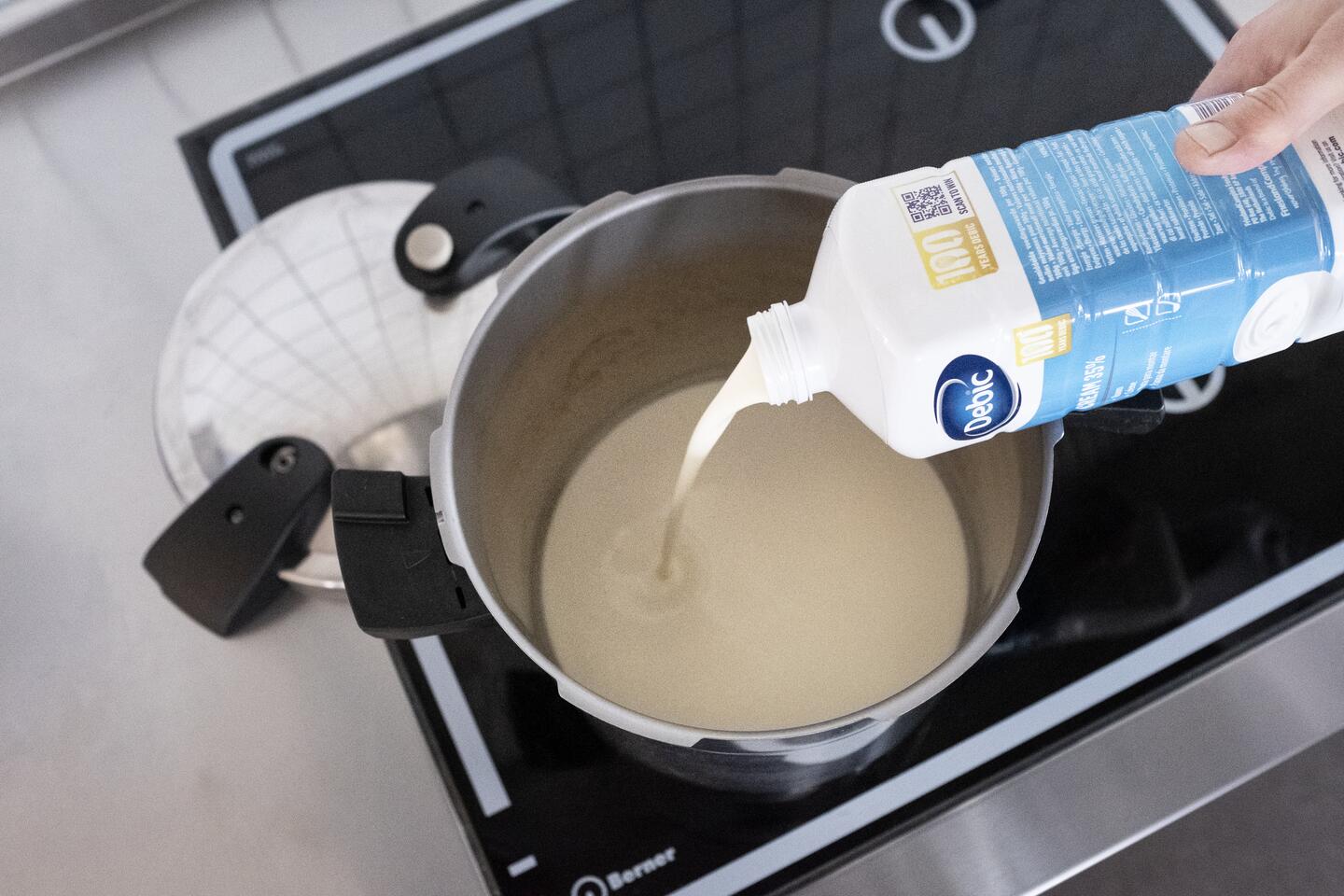
An instant pot is an ideal instrument for a kitchen crew under time pressure and in search of maximum returns. The pot very quickly develops characteristic flavours and textures. Ingredients remain whole, and a Maillard reaction, or caramelisation, occurs. We refer to this as Maillardisation.
The instant pot was invented in 1679 by the French inventor Denis Papin. He discovered that you can raise the boiling temperature under high pressure, so that cooking is much faster. The pot we use in the kitchen today has evolved quite a bit, but the technique is essentially the same.
Maillard reaction
The high temperatures in the pressure cooker produce a Maillard reaction. This reaction creates flavours and aromas that do not normally appear when cooking in liquid, since the temperature is too low.
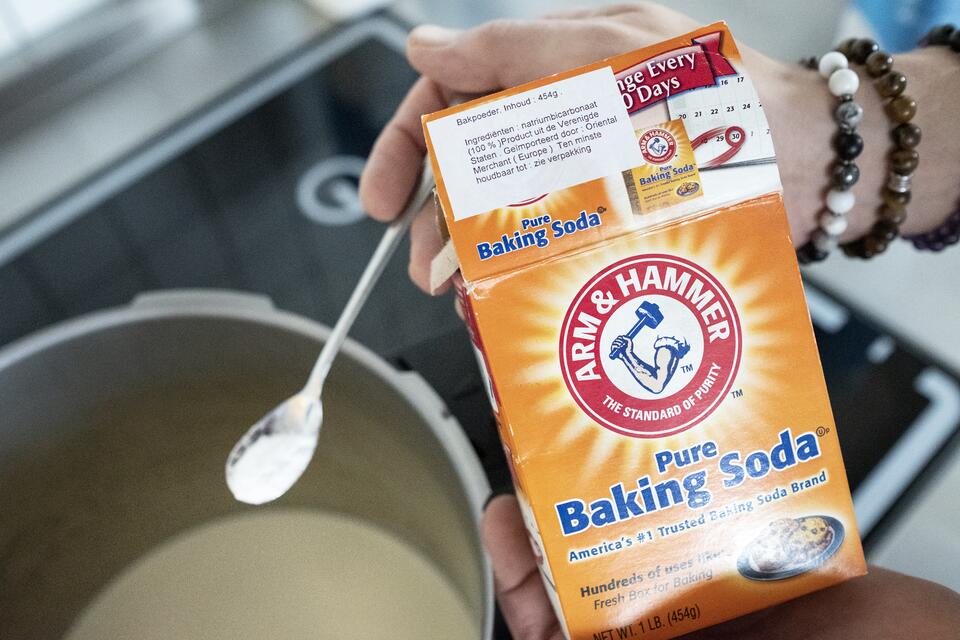
We can affect and enhance the process of Maillardisation by adding baking soda (sodium bicarbonate): not baking powder, but just one of its components. This way, we draw completely new flavours out of cream, among other things. Debic’s culinary advisers went to work and developed a pile of new recipes based on Debic cream, and we would like to use them to give you inspiration to get to work and come up with your own new creations.
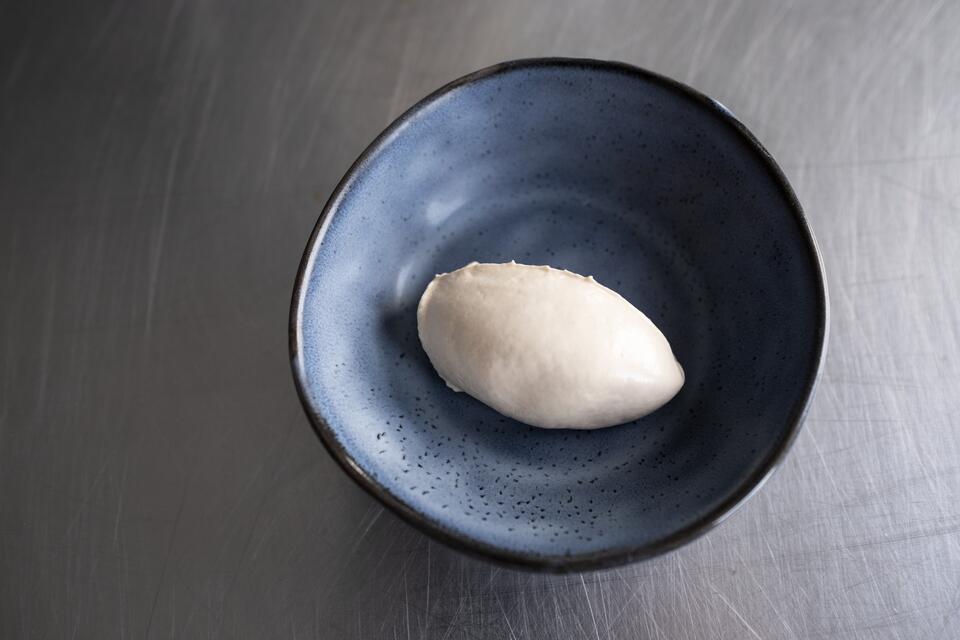
We are all familiar with beurre noisette: a special, nutty flavour of butter that you can create by boiling butter until you have a Maillard reaction. When we do this with whipping cream in a pot, almost all liquid evaporates while cooking and you have only the caramelised fat. In a pressure cooker, this occurs a bit differently.
Because you raise the temperature and speed up the time, not a lot of liquid evaporates, but the cream caramelises nonetheless. The baking soda reacts in this process with the acids and the lactose in the cream, thus speeding up the Maillard process. This pressure cooker technique brings new insights, but more importantly: new flavours!
Preparation of hazelnut cream
Step 1
Pour the unsweetened cream into the pressure cooker (maximum one litre in a five-litre pressure cooker).
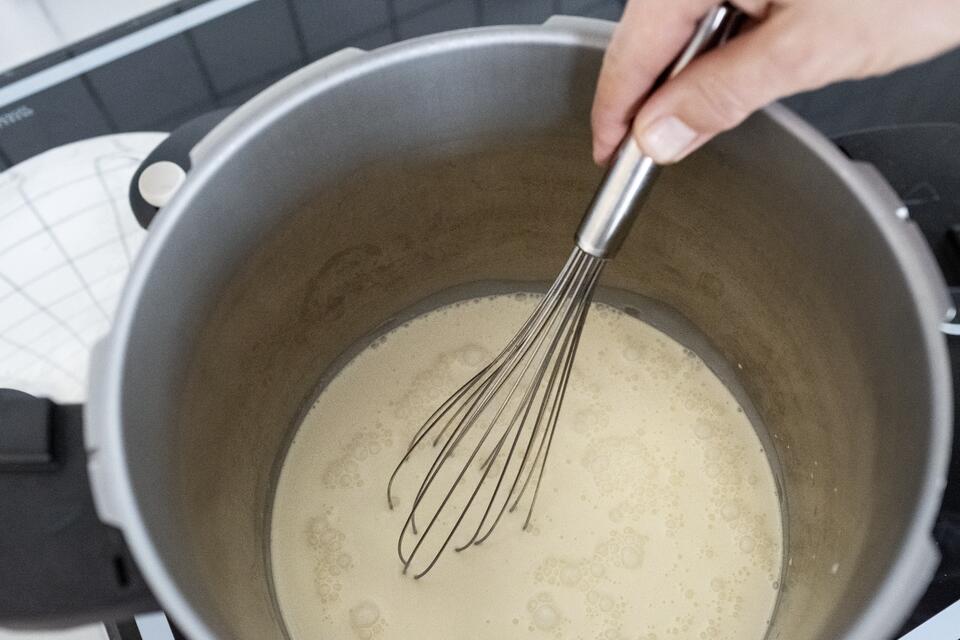
Add a small amount of baking soda (one teaspoon). Stir well to make it dissolve: this is important to prevent it from sticking to the bottom of the pan and getting burnt. Bring the cream slowly to the boil.
Step 3
Place the lid on the pan and cook for twenty minutes on low heat. The pan should continue to steam a little.
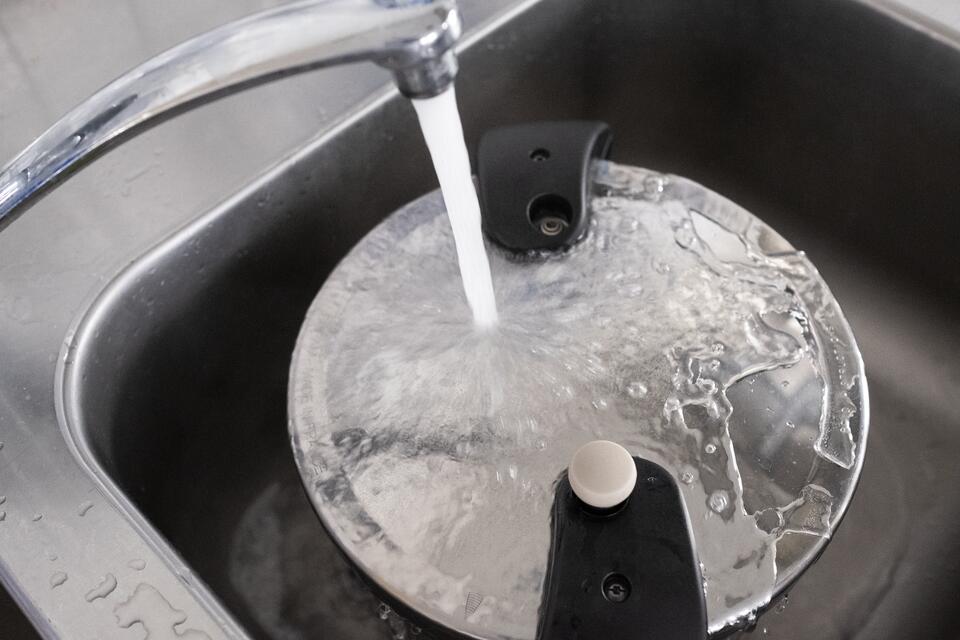
Place the pan under cold running water. As soon as there is no more pressure on the pan, you can remove the lid. To check this, first open the valve and make sure that no more steam comes out. Afterwards you can remove the lid.
Step 5
Pass the cream through a fine sieve and leave to cool or process further.
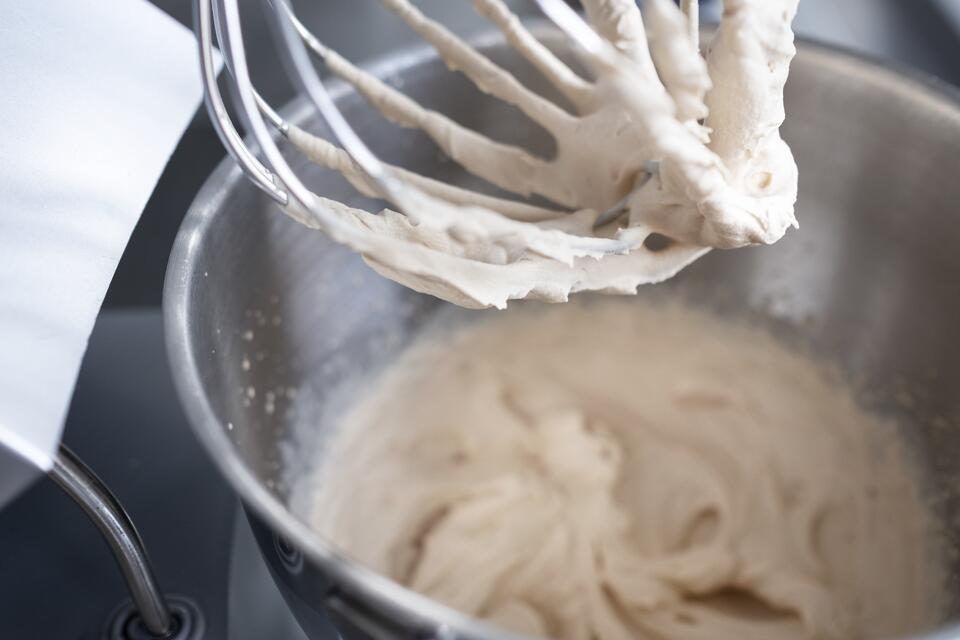
By cooling down the resulting cream and then whipping it until it is airy, you get a flavour that cannot be achieved any other way. It is reminiscent of dulce de leche or a light caramel mousse, but made exclusively of cream. When you cool the cream down, cover it with a piece of plastic wrap to prevent a skin from forming. Beat the caramelised cream with sugar until airy using the planet mixer. Make a quenelle and serve as a garnish for a dessert. Or you can serve a quenelle of this cream with Maldon salt for an optimal combination of flavours. This cream is also ideal for use as a base for savoury and sweet sauces.
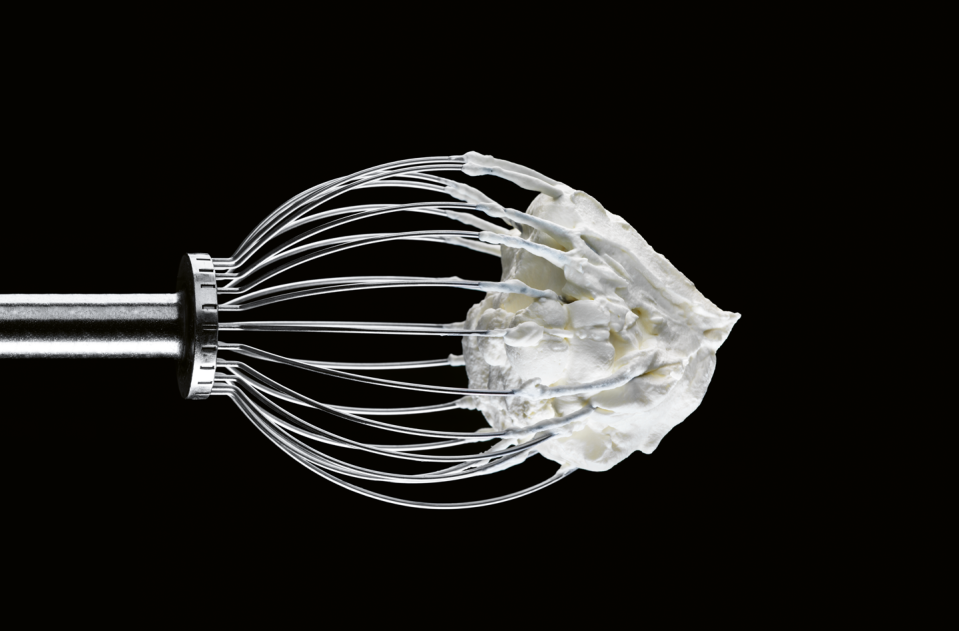
Discover our techniques to make the perfect mousse
Discover our techniques to make the perfect mousse
